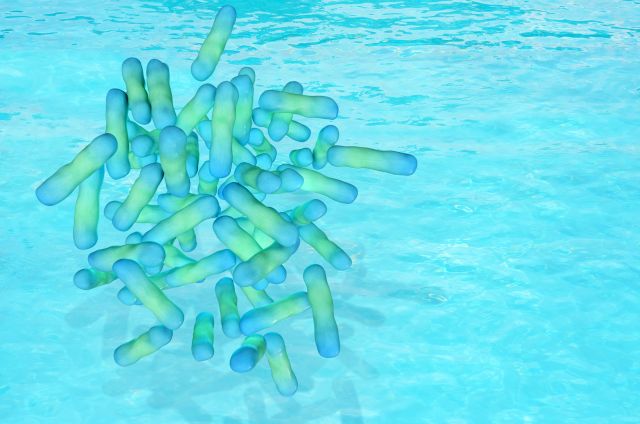Updated on August 6, 2024.
Legionnaires’ disease is a rare and serious form of bacterial pneumonia caused by Legionella bacteria. The bacteria was discovered in 1976 when people got sick after attending an American Legion convention in Philadelphia, hence the name.
The illness is not contagious between people. Instead, it spreads when people inhale mist or vapor (tiny droplets of water in the air) that contain the bacteria.
Large, complex water systems—such as those used by hotels, hospitals or large apartment buildings—may be particularly susceptible to a spread of Legionnaires’ disease. In places where the water system becomes contaminated by Legionella, showers and central air conditioning—even hot tubs and decorative water fountains—could expose you to the bacteria.
When Legionnaires’ is most dangerous
Legionnaires’ disease sends between 8,000 and 18,000 people in the United States to the hospital each year, according to the Centers for Disease Control and Prevention (CDC). The death rate is about 10 percent overall. Ironically, the hospital is one place where you’re more likely to pick up the condition, along with other health care facilities.
The CDC released a report in June 2017 that analyzed data from outbreaks in 20 states and New York City. It found that 76 percent of the jurisdictions studied had outbreaks in health care settings—hospitals, clinics or nursing home.
The spread of Legionnaires’ in health care settings is especially problematic because the elderly, people with compromised immune systems and people who already have certain conditions like diabetes and some cancers are at higher risk. In these health care-related cases, the CDC reports that the death rate is about 25 percent.
Symptoms and treatment
The most common symptoms of Legionnaires’ disease include fever, cough and shortness of breath. Other symptoms could be headaches, body aches, diarrhea, nausea and confusion. Symptoms generally take between two days and two weeks to develop. However, not everyone exposed to the disease-causing bacteria gets sick.
Most cases of Legionnaires’ disease are treated with oral antibiotics, though more severe cases might require hospitalization and the use of IV antibiotics. Treatments run between seven and 21 days, and patients usually begin feeling better between three and five days after the onset of symptoms.
What can you do?
Since Legionella bacteria tend to spread in public water systems, there’s not a lot you can do. If you live in an apartment building, you can ask your building manager if the building has a water management system that discourages the growth of Legionella bacteria. And, if you’re at higher risk, you might want to avoid public water sources like hot tubs and decorative fountains. The CDC tracks Legionnaires’ disease outbreaks on its website.
Medically reviewed in August 2019.






